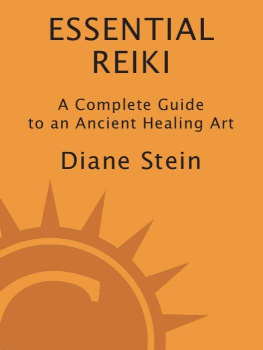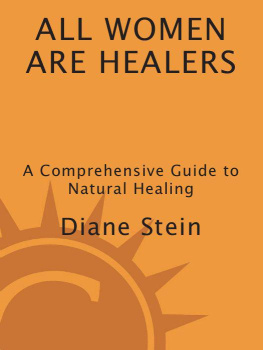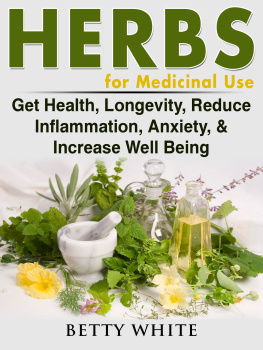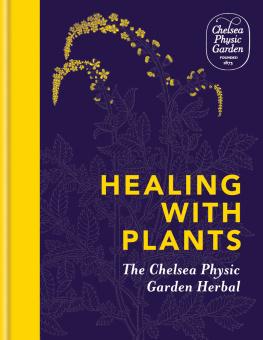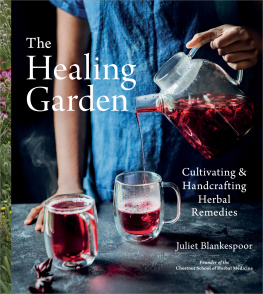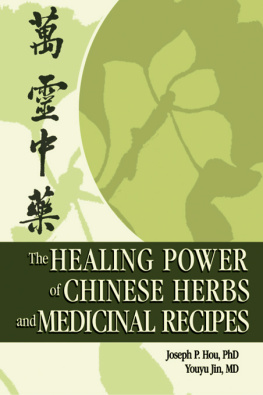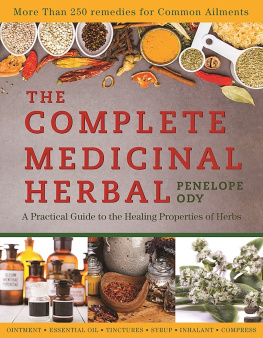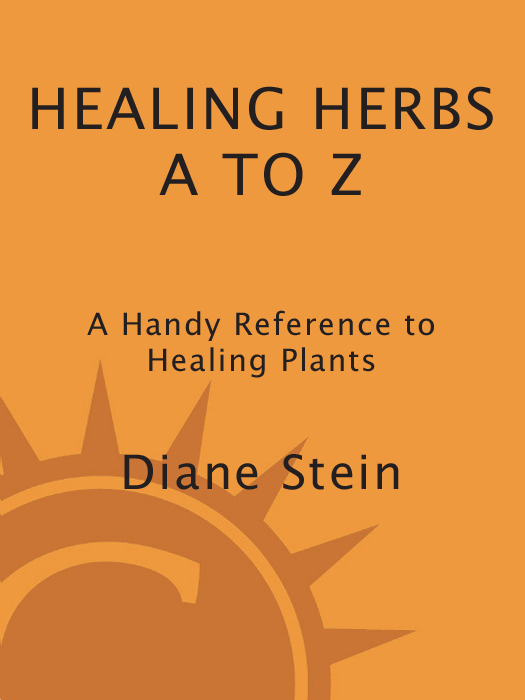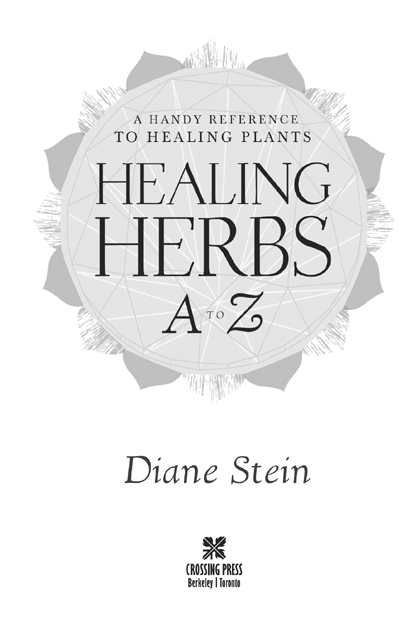OTHER BOOKS BY DIANE STEIN
A Womans I Ching
All Women Are Healers
All Women Are Psychics
Casting the Circle
Diane Steins Guide to Goddess Craft
Essential Energy Balancing
Essential Energy Balancing II
Essential Energy Balancing III
Essential Psychic Healing
Essential Reiki
Essential Reiki Teaching Manual
Gemstones A to Z
Healing with Flower and Gemstone Essences
The Holistic Puppy
Lady Sun, Lady Moon
Natural Healing for Dogs and Cats
The Natural Remedy Book for Dogs and Cats
The Natural Remedy Book for Women
On Grief and Dying
Pendulums and the Light
Prophetic Visions of the Future
Reliance on the Light
We Are the Angels
The Womans Book of Healing

Diane Stein on DVD
Diane Steins Essential Reiki Workshop

Visit Diane Steins website at www.dianestein.net
for books, jewelry, workshops, and more.
Copyright 2009 by Diane Stein
All rights reserved. No part of this book may be reproduced in any form,
except brief excerpts for review, without the written permission
of the publisher.

Crossing Press
A division of Ten Speed Press
PO Box 7123
Berkeley CA 94707
www.tenspeed.com
Distributed in Australia by Simon and Schuster Australia, in Canada by Ten Speed Press Canada, in New Zealand by Southern Publishers Group, in South Africa by Real Books, and in the United Kingdom and Europe by Publishers Group UK.
Library of Congress Cataloging-in-Publication Data
Stein, Diane, 1948
Healing herbs A to Z : a handy reference to healing plants / Diane Stein.
p.; cm.
eISBN: 978-0-307-81780-8
1. HerbsTherapeutic use. 2. Medicinal plants. 3. Materia medica,
Vegetable. I. Title.
[DNLM: 1. Plants, Medicinal. 2. Phytotherapy. QV 766 S819h 2009]
RM666.H33.S74 2009
615.321dc22
2008030058
The material presented here is for information and educational purposes only, and is not meant to take the place of expert or medical advice. The information in this book does not intend to diagnose, cure, or treat disease. Individual reactions to herbs may vary. In situations of illness, seek the professional help of your choice.
v3.1
CONTENTS

HEALING HERBS A TO Z:
HERB LISTINGS
INTRODUCTION

In 1985 when I wrote The Womens Spirituality Book (now titled Diane Steins Guide to Goddess Craft), I wanted to include a chapter on using herbs. At that time, I had been working with herbs for a few years and was very excited about it, but I felt I didnt know enough to write even a chapter on them. When I wrote All Women Are Healers five years later, I got a little braver and did an herb chapter. After twenty-five years of studying and using herbs and making my own tinctures, I am finally compiling an herbal, as I have always wanted to do. I still feel that I dont know enough and could never know enoughbut that I have to start where I am and hope the real experts will be indulgent with my effort.
This book is not designed for herbal experts, though they may find useful information here. This book is for the confused layperson who wants to regain control of her health but doesnt know where to start.
The first thing an herb user needs to know is which herb will do what she needs. The second is to find the herb and identify it accurately (a mistake in the field can be toxic or even fatal). And the third is to know how to use the herb appropriately. A traditional herbalist learns from those who know how to use herbs, information that used to be passed down from teacher to student, or from mother to daughter, over many generations through ancient and time-honored oral tradition. She learns how to recognize herbs accurately, along with when to pick them, and which plant parts to harvest and use. She also learns how and when to use themand when not to.
Tragically, that oral tradition has been lost. Most of us who wish to learn about herbs do so from books, the Internet, or by taking a workshop here and there, followed by limited experience with personal use.
Traditional herbalists used what was growing in the neighboring woods and fields, and locally harvested herbs were considered the most useful for people living in that area. But this limited the number and variety of plants available. Todays herb users have many more plant varieties available to them from all over the United States, South America, Europe, Africa, and Asia.
For those who choose herbal healing, the way to do it may not be to go to the woods and fields to identify, pick, and process the right local plants. It may simply mean a visit to the local health food store, natural pharmacy, or herb website to buy whats needed.
This book is a reference guide for the herb shopper who, while not having the benefit of ancient oral tradition or personal instruction, still wants to use herbs as knowledgeably as she can.
Herbs used properly are very often as effective as medical drugsor more sowithout the side effects, cost, and potential for dependency. Herbs help people become enabled, instead of disabled. They leave us stronger, not weaker. But we need to learn how and when to use them, as well as when to seek more expert help, which might mean consulting a physician, midwife, or acupuncturist. We need to understand the appropriate uses of herbsfor example, when its safe to substitute black cohosh for hormone replacement therapy (which for many of us presents an unacceptable risk of cancer) to treat the uncomfortable symptoms of menopause.
This book is intended for the herb shopper, not the professional practitioner. It explains whats in the bottles lined up on the shelves of the local health food store and the conditions that each herb helps heal. The information is presented in a highly concentrated waynot pages of explanation and description, but a quick reference of the herbs primary attributes and uses. Where a more comprehensive herbal reference book might also describe how to identify the plant, where to find it, when to pick it, which parts to use, and how to prepare those parts, this book assumes that the user will buy already identified, prepared, and ready-to-use plant material. Dosages and dosing instructions (how many drops or capsules, how many times a day) are listed on the bottle, along with how long the herb can be used safely, and contraindications for its use.
Ready-prepared herbs come in several forms. Traditional use is as an herb tea, called a


